

Bricks is an open-source collection of modular natural language processing modules. Find elements such as language detection, sentiment analysis, emotion detection and 50 more - all open-source, for free, and ready to be integrated in whatever use case you are implementing!
AI won't replace you. Someone using AI will. Join a community of next-gen creatives using AI to take their work to the next level. Discover and explore the latest AI-enabled tools for creatives. Tools are added daily with weekly emails, guides, and more.
The development of machine learning techniques has revolutionized the field of natural language processing. In this context, the AlexaTM 20B platform has emerged as a powerful tool for few-shot learning using a large-scale multilingual seq2seq model. Its advanced algorithms allow for efficient cross-lingual transfer learning, enabling the platform to learn from small amounts of data in various languages. This approach presents exciting opportunities for improving language understanding and generation tasks in multilingual environments. In this paper, we explore the capabilities and potential applications of AlexaTM 20B in the realm of natural language processing.
Translate.com is an innovative online language translation service that provides fast, accurate and reliable translations in over 100 languages. With its easy-to-use platform, Translate.com has revolutionized the way people communicate and conduct business across borders. Whether you're a small business owner looking to expand globally or an individual seeking to connect with friends and family overseas, Translate.com offers a convenient and affordable solution to all your translation needs. Join the millions of users worldwide who have already discovered the power of Translate.com and start communicating in any language today.
Busuu is a highly acclaimed language learning platform that has revolutionized the process of language learning. It offers a unique blend of interactive lessons and real-life conversation practice with native speakers, making it an effective tool for anyone looking to learn a new language. With its user-friendly interface and personalized learning experience, Busuu has become a popular choice among language enthusiasts worldwide. This innovative platform has helped countless learners to improve their language skills and communicate effectively with people from different cultural backgrounds.
Italki is an innovative online platform that provides a unique learning experience for students seeking to learn a new language. The platform connects language learners with professional language teachers from across the globe, offering an unparalleled opportunity to improve language skills from the comfort of one's home. With a vast range of language courses available, Italki enables learners to choose their preferred teaching style and schedule to suit their needs. The platform's user-friendly interface and interactive tools make language learning more accessible and enjoyable, making it the go-to destination for anyone looking to learn a new language.

Stable Diffusion Photoshop Plugin
Explore the best Photoshop apps - Adobe Photoshop
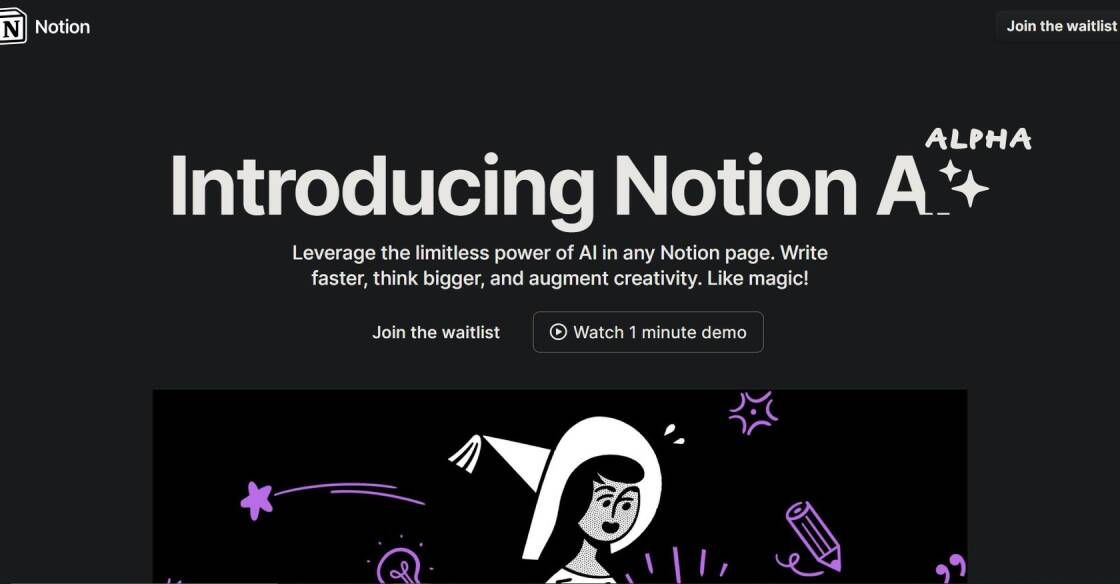
Notion AI
Leverage the limitless power of AI in any Notion page. Write faster, think bigger, and augment creativity. Like magic!

Jasper Chat
Jasper Chat | AI Chat for Content Creators
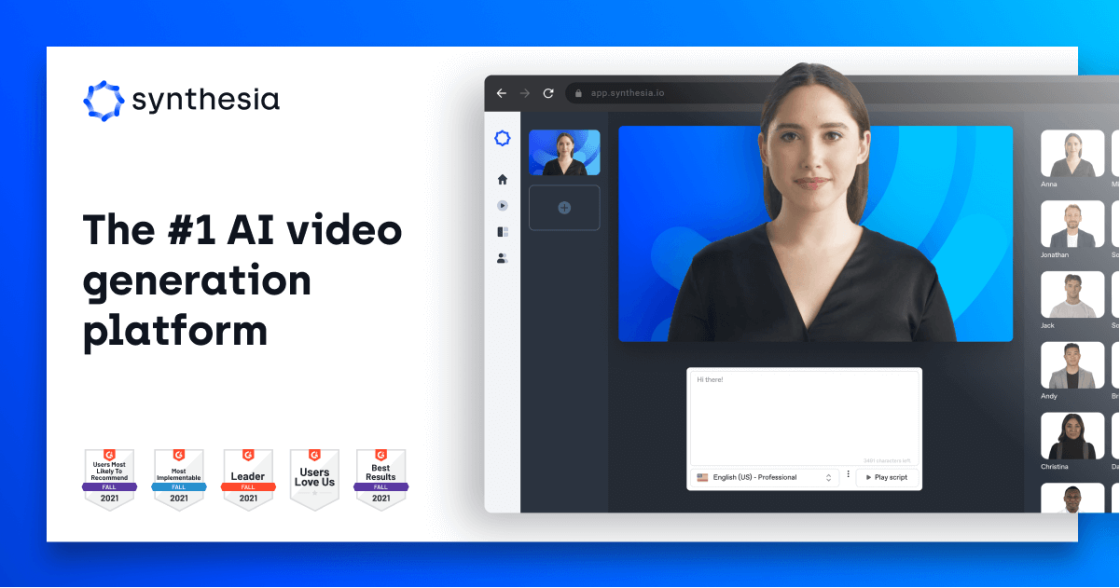
Synthesia
Synthesia | #1 AI Video Generation Platform

VidIQ
Boost Your Views And Subscribers On YouTube - vidIQ
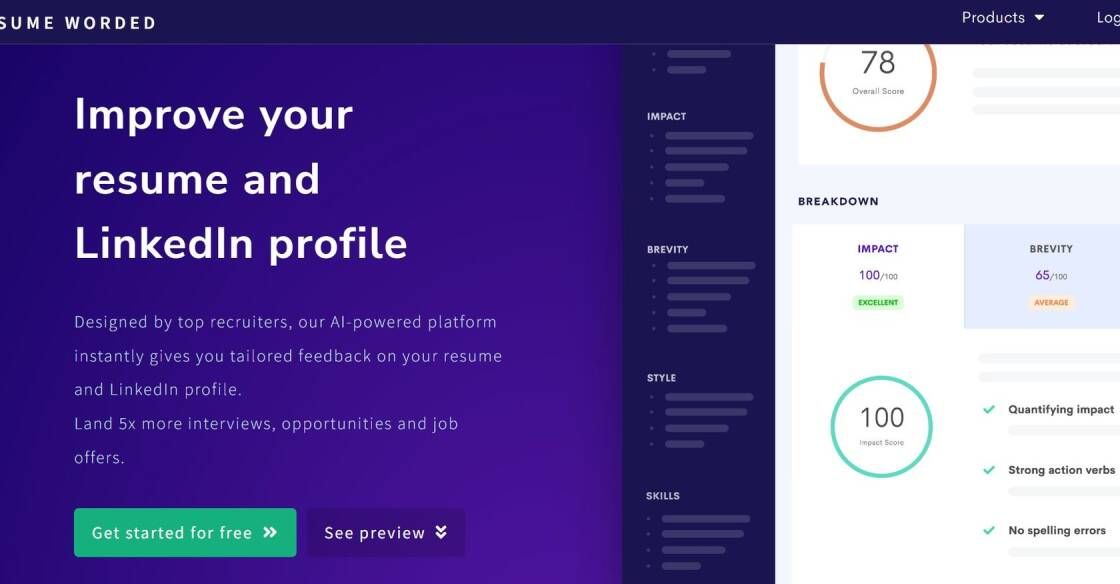
Resume Worded
Resume Worded - Free instant feedback on your resume and LinkedIn profile
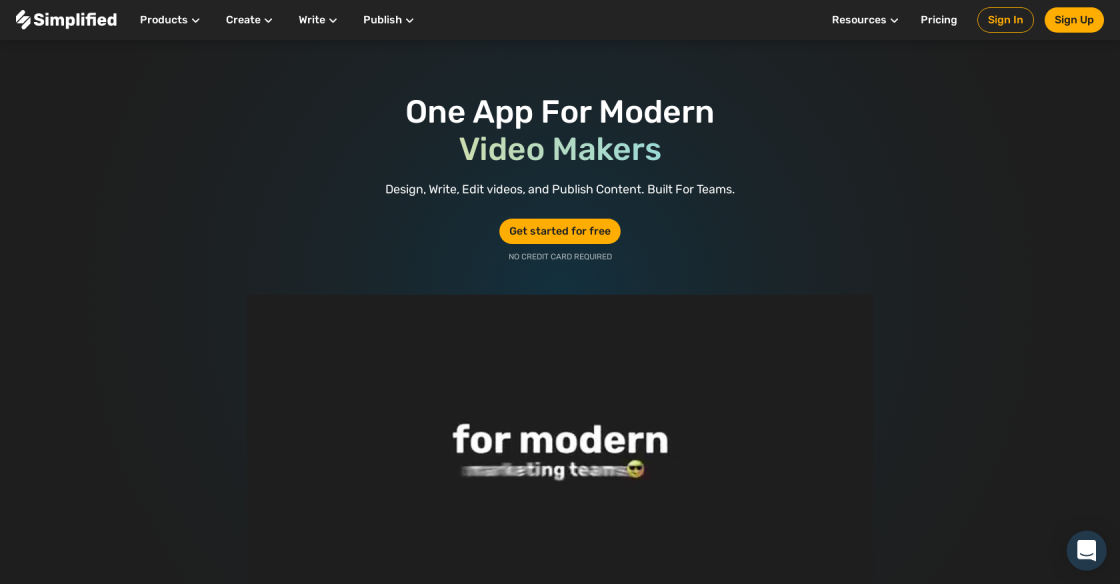
Simplified
Free AI Writer - Text Generator & AI Copywriting Assistant
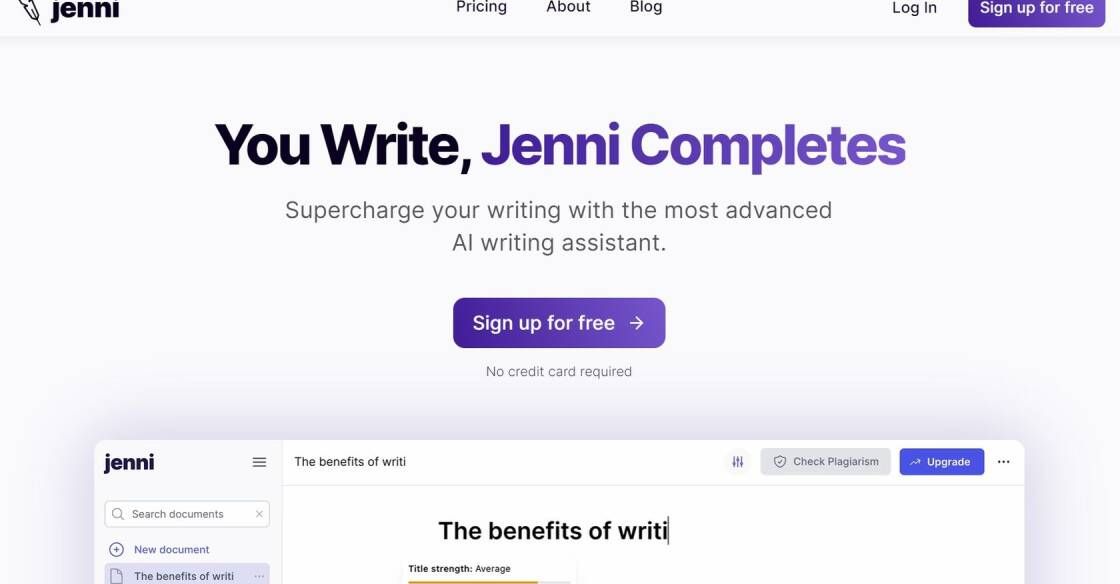
Jenni
Supercharge Your Writing with Jenni AI
The OpenAI GPT-3 API is an open-source application programming interface (API) that provides access to OpenAI's pre-trained natural language models. This API allows developers to integrate the power of OpenAI's language models into their applications, enabling them to generate human-like text and perform a variety of natural language tasks. With access to this API, developers can build intelligent chatbots, language translators, content generators, and much more. The GPT-3 API is designed to be user-friendly, making it easy for developers of all levels to harness the power of OpenAI's language models. It offers a range of features, including custom prompts, advanced search capabilities, and more. In addition, the GPT-3 API is constantly being updated with new features and enhancements, ensuring that developers have access to the latest tools and technologies. As one of the most powerful natural language processing (NLP) tools available, the OpenAI GPT-3 API is a game-changer for developers looking to create cutting-edge applications that can understand and interact with humans in a more natural way.
OpenAI GPT-3 API is an open-source application programming interface that allows developers to access and use the pre-trained natural language models of OpenAI.
OpenAI GPT-3 API works by providing access to pre-trained natural language models that can generate human-like texts, answer questions, and perform language translation.
Developers can use OpenAI GPT-3 API to build applications that require natural language processing, such as chatbots, virtual assistants, and content creation tools.
No, OpenAI GPT-3 API is not free. Developers have to pay for the usage based on the number of requests and the complexity of the tasks performed.
OpenAI GPT-3 API supports several programming languages, including Python, Java, JavaScript, and Ruby.
The benefits of using OpenAI GPT-3 API include faster development of natural language processing applications, increased accuracy in language processing, and improved user experience.
Yes, OpenAI GPT-3 API can be used for any language that is supported by the pre-trained models, including English, French, German, Spanish, and Chinese.
The limitations of OpenAI GPT-3 API include the cost of usage, the need for internet connectivity, and the potential for bias in the pre-trained models.
Developers can get started with OpenAI GPT-3 API by signing up for an API key, reading the documentation, and exploring the available code examples.
No, OpenAI GPT-3 API is not suitable for all types of applications. It is best suited for applications that require natural language processing, such as chatbots, virtual assistants, and content creation tools.
| Competitor | Description | Key Features | Difference from OpenAI GPT-3 API |
|---|---|---|---|
| Google Cloud Natural Language API | A cloud-based solution that provides natural language understanding technologies to developers. | Entity recognition, sentiment analysis, content classification, and syntax analysis. | Does not offer pre-trained models like OpenAI GPT-3 API. |
| Microsoft Azure Cognitive Services | An AI platform that provides a set of APIs for building intelligent applications. | Language understanding, speech recognition, and natural language processing. | Offers pre-built models for specific tasks but not as comprehensive as OpenAI GPT-3 API. |
| IBM Watson Natural Language Understanding | A cloud-based natural language processing service that extracts metadata from text such as entities, concepts, and sentiment. | Sentiment analysis, entity recognition, and concept tagging. | Offers custom models but requires more setup and configuration than OpenAI GPT-3 API. |
| Amazon Comprehend | A natural language processing (NLP) service that uses machine learning to find insights and relationships in text. | Sentiment analysis, entity recognition, and topic modeling. | Offers pre-built models for specific tasks but not as comprehensive as OpenAI GPT-3 API. |
| Hugging Face Transformers | A Python library that provides state-of-the-art natural language processing algorithms. | Text classification, question answering, and language generation. | Does not offer cloud-based API access like OpenAI GPT-3 API. |
OpenAI GPT-3 API is a powerful tool for natural language processing that provides access to OpenAI's pre-trained language models. With this open-source API, developers can build applications that can understand and generate human-like language.
Here are some things you should know about OpenAI GPT-3 API:
1. Pre-Trained Model: The OpenAI GPT-3 API provides access to a pre-trained natural language model that has been trained on a large corpus of text data. This means that the model has learned patterns and structures in language that allow it to generate human-like responses to queries.
2. Natural Language Processing: The power of the OpenAI GPT-3 API lies in its ability to process natural language. This means that it can understand and generate language in a way that is similar to how humans communicate. This makes it a valuable tool for a wide range of applications, including chatbots, virtual assistants, and content generation tools.
3. Large Scale: OpenAI GPT-3 API is one of the largest language models available today. It has been trained on a huge amount of data, making it capable of generating complex and nuanced responses to queries. This makes it ideal for applications where accuracy and precision are critical.
4. Versatility: The OpenAI GPT-3 API is highly versatile and can be used for a wide range of applications. It can be used to generate content, answer questions, and even translate languages. This means that it can be used in industries such as e-commerce, healthcare, and education.
5. Easy to Use: The OpenAI GPT-3 API is easy to use, even for developers who are not experienced in natural language processing. It comes with detailed documentation and sample code that make it easy to integrate into existing applications.
In conclusion, OpenAI GPT-3 API is a powerful natural language processing tool that provides access to pre-trained language models. Its versatility, ease of use, and large scale make it a valuable tool for a wide range of applications. Developers can use it to build chatbots, virtual assistants, and content generation tools, among other things.
TOP